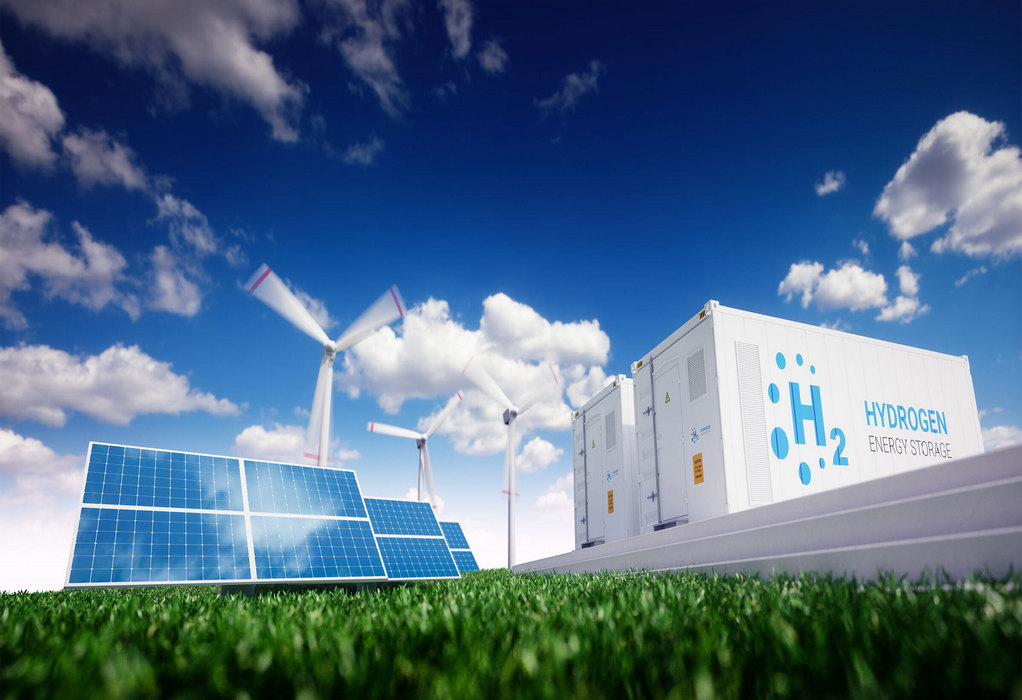Engineers at the company’s operations at Contrecoeur in Quebec replaced about 7 per cent of the natural gas typically used to reduce iron ore with hydrogen made from renewable electricity during the 24-hour test earlier this month. Arcelor partnered with a local hydrogen producer that uses electricity from the Quebec grid, which is powered by renewable hydroelectricity, to source the gas.
The initiative marks another step in the global effort to improve the green credentials of an industry that accounts for 7 to 9 per cent of all direct fossil fuel emissions. Some of the world’s biggest steelmakers, including ArcelorMittal, Thyssenkrupp and China’s Baowu, have launched various initiatives to reduce their carbon footprint.
Steelmaking is highly carbon intensive. Traditional blast furnaces use coking coal to melt iron ore and remove oxygen. A byproduct of this chemical reaction is carbon dioxide, while large amounts of energy are also required to heat the furnaces above 1,000C.
The Luxembourg-based company has so far invested $5.6bn in four such projects, in Spain, Belgium, Canada and France. In Europe, Arcelor has committed to reducing its CO2 emissions by 35 per cent by 2030.
Tags: ArcelorMittal, Fossil Fuel, Green Hydrogen, Thyssenkrupp



Recent Posts
Stena Line’s Hybrid Ferry Stena Futura Completes Sea Trials, Set to Boost Irish Sea Freight Capacity
Taiwanese owner makes methanol move with WinGD across multiple engine orders
Econowind installs four VentoFoils on tanker M/T JUTLANDIA SWAN
Global Maritime Groups Unite to Launch Alliance for Electrification of Shipping Sector
India Charts Green Future for Maritime Sector with Hydrogen Hubs and Sustainable Port Strategy
ZeroNorth’s SMARTShip platform integrates with ClassNK MRV portal to automate emissions reporting
Towngas Partners with TLB, Pacific Basin to Advance Green Marine Fuel Infrastructure in Hong Kong
SECI Extends Bid Deadline for Green Ammonia Tender Under SIGHT Scheme